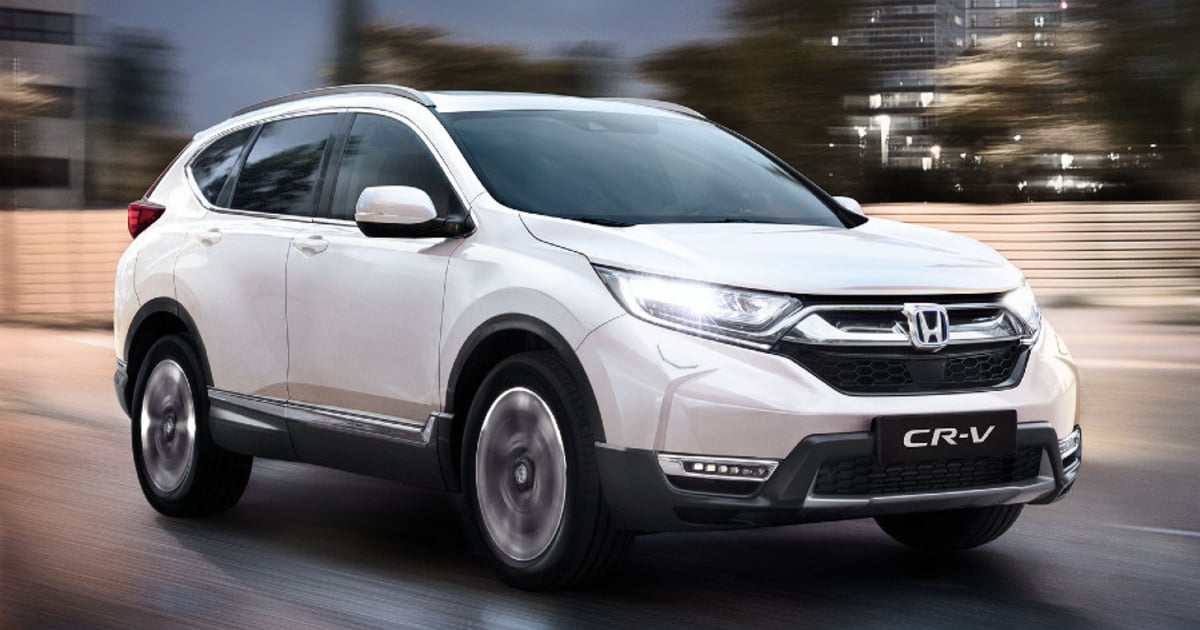
TOKYO – Honda will use a new hydrogen fuel cell system jointly developed with General Motors in a U.S.-built CR-V crossover.
The fuel cell CR-V will be built in Ohio and will launch in in the U.S. and Japan by the end of next year. Europe sales are still under consideration, Honda said in a statement.
Honda executives said engineers have cut the cost of the next-generation system to one-third that of the system used in Honda’s previous fuel cell car, the Clarity sedan that debuted in 2016.
Among other improvements, the durability of the system will be doubled and the low-temperature performance will be boosted, executives said at a briefing here.
The new system starts up significantly faster at temperatures as low as minus 22 degrees Fahrenheit (minus 30 degrees Centigrade).
The new technology is an outgrowth of a joint development between Honda and GM dating back to 2013.
Honda and GM have been pooling resources on hydrogen fuel cell development to defray the high costs of the technology, which is seen as a critical stepping stone toward carbon neutrality goals.
Honda, the world’s largest maker of internal combustion engines, intends to phase out gasoline-burning power plants by 2040 and sell only battery-electric or fuel cell vehicles by then.
“Hydrogen will play a particularly important role in achieving carbon neutrality,” Senior Managing Executive Officer Shinji Aoyama said at Honda’s headquarters on Thursday. “With this system, we have been striving for lower costs, high durability and improved low temperature resistance.”
From the mid-2020s, Honda said it aims to begin external sales of fuel cell systems at the level of 2,000 units a year. By 2030, Honda plans to introduce a new generation hydrogen system that will have further improvements over the setup arriving in the CR-V next year.
Honda aims to halve the cost of the fuel cell system by 2030, compared with the technology coming next year, and again double the durability in that time frame.
By 2030, Honda expects fuel cell technology to gain wider acceptance, driving deliveries to 60,000 units a year, said Arata Ichinose, head of Honda’s business development supervisory unit. And by the late 2030s, annual sales should hit hundreds of thousands of units, he said.
Those shipments will include fuel cell systems for medium- and large-sized vehicles.
But crucially, Honda plans to expand sales to commercial vehicles, construction equipment and even to companies using fuel cells as station power plants. Honda sees particular promise in using hydrogen fuel cells as backup power stations for cloud-computing data centers.
The fuel cell system arriving in 2024 will be made at a Michigan fuel cell plant jointly operated by Honda and General Motors.
The hydrogen powered CR-V will be assembled at Honda’s Performance Manufacturing Center in Marysville, Ohio, where the NSX supercar was built.
The CR-V will accept home charging of its electric battery as well as hydrogen refueling.